Grilled pork kebabs (shashlik, in Russian) is the summer staple! Let’s learn to make the juiciest and most tender grilled pork skewers together.
I can’t imagine summer without good ol’ Russian shashlik! Oh, how I love that intoxicating smell of smoky, savory grilled meat!
Growing up, it was such a summer staple!!!! On a weekend, my dad would take us to a forest and grill endless rows of kebabs over an open fire pit. Pork, beef, lamb, he used any kind of meat!!!
And now, I carried that tradition over to our family. But instead of going to the forest, we do it on our deck, on a gas grill. I know, I know! Dedicated Russians would argue that that’s not how you grill shashlik, but I say it’s better than nothing! If possible, a charcoal grill is a better option!
WHAT IS SHASHLIK?
Shashlik is a Russian word for meat skewers (shish kebobs), marinated and grilled over charcoal, or wood fire. Traditionally, shashlik is made of lamb. However, pork is common alternative nowadays.
In Russia (and other Slavic and Central Asian countries), shashlik is grilled over open fire pit (mangal).
Wood is best, as it yields the most flavorful shashlik. But you should never cook shish kebabs over open flames. Instead, you burn most of the charcoal/wood, and then cook the meat skewers once they turn white.
WHAT CUT OF PORK SHOULD I CHOOSE FOR PORK KEBABS?
For juicy, tender pork kebabs, I recommend pork shoulder, which consists of two parts: Boston butt and picnic roast. You can’t go wrong with either cut. Boston butt is more marbled, which means it’s fattier and has more flavor.
Fatty meat yields more flavorful kebabs, because fat drips down into the fire, releasing amazing smoke flavor back into the meat.
HOW TO MAKE PORK KEBABS:
Step 1. Prepare the meat
- Cut the meat into small bite-size pieces.
- Grate the onion and squeeze out the juices.
- Mix meat with onion juice, salt and seasonings. Cover and refrigerate for at least 2 hours, or overnight.
There’re literally thousands of ways to marinade shashlik meat.
Every kebab enthusiast has their signature marinade and claim it’s the best one! You may hear vinegar, beer, wine, yogurt, mayo-based marinades. But you know what?
Experts claim that the simplest marinades yield the best shashlik. And I 100% agree with them. All you need is onion, salt and your favorite spices!
TIP: Onion juice tenderizes the meat. Mixing grated onion (without juicing) with the meat will still tenderize the meat, but onion pieces burn during grilling. You can use sliced onions too for marinating meat, if you prefer, but as you can imagine onion slices won’t produce as much onion juice.
Step 2. Grill
Now the fun part! For the best flavor, use charcoal or wood fire, but gas grill works just fine.
- Grill the meat skewers for about 8 minutes, turning on all sides. You can cover the grill for couple of minutes, but watch for flames. You don’t want big flames burn your kebabs.
- To check for doneness, use a meat thermometer. The internal temperature should read 160°F. If you don’t have a thermometer, get one asap! But in the meantime, cut into the biggest piece. If the juices run clear, it’s ready!!!
TIPS FOR THE JUICIEST AND MOST FLAVORFUL SHASHLIK (PORK KEBABS):
- Use the right cut of meat. As mentioned earlier, Boston butt (part of pork shoulder) makes the best pork kebab, as it’s fatty and flavorful cut!
- Cut the meat into small bite-size pieces, about 1-inch cubes. This way, you can eat the meat straight from the skewers and the meat cook perfectly: slightly charred on the outside and juicy & tender on the inside.
- Get a meat thermometer to cook the meat to perfection without a guessing game!
These grilled mixed vegetables are perfect side dish for shashlik!
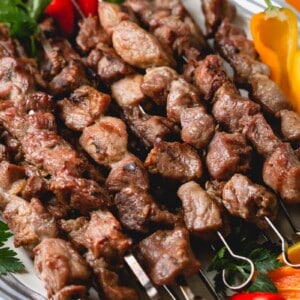
Grilled Pork Kebabs / Shashlik
Ingredients
- 4 lbs 2kg pork shoulder (Note 1)
- 4 medium yellow onions
- 1-2 tablespoons spices of your choice I use ½ tablespoon ground black pepper, ½ tablespoon ground cumin, ½ tablespoon garlic powder, and ½ tablespoon smoked paprika
- ½ tablespoon salt
Instructions
- To prepare the meat: cut the meat into bite-size pieces, about 1-inch cubes.
- Grate the onions and then squeeze the juices. Reserve the juices and discard the pulp. (Note 2)
- In a large bowl, combine meat, onion juice, seasonings and salt. Cover and refrigerate for at least 2 hours, or overnight. (Alternatively, you can slice the onions and combine with the meat. However, onion juice tenderize the meat, so when sliced, they aren't as effective.)
- To grill the meat: preheat the grill over medium high heat. Clean and lightly oil the grates.
- Thread the meat onto metal skewers and arrange them on a baking sheet.
- Once the grill is nice and hot, place the skewers on the grill and grill for about 8 minutes, turning on all sides. You can cover the grill for couple of minutes, but watch for flames. You don't want big flames burn your kebabs.
- To check for doneness: use a meat thermometer. The internal temperature should read 160°F. If you don't have a thermometer, get one asap! But in the meantime, cut into the biggest piece. If the juices are clear, it's ready!!!
- Serve immediately. (These grilled mixed vegetables are perfect side dish!)
Tips & Notes
Nutrition
This post was originally published on August 3rd, 2015, and last updated on July 27th, 2020.
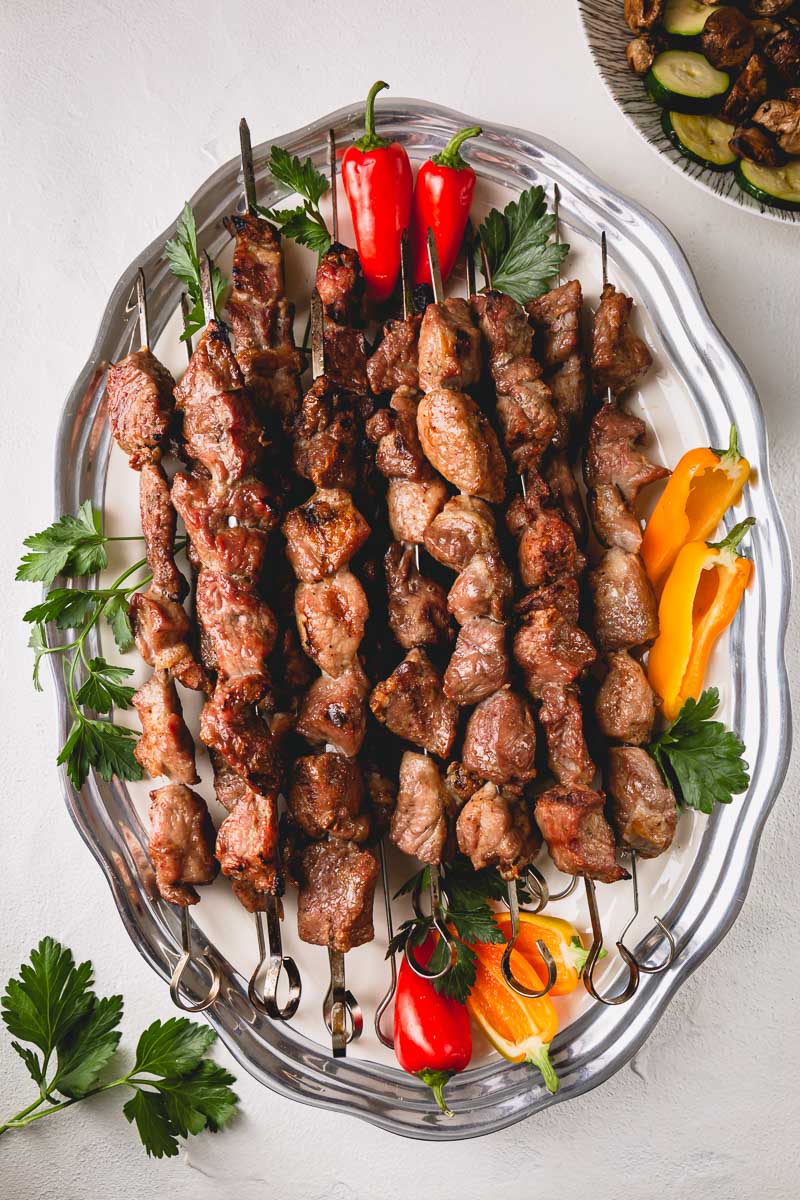
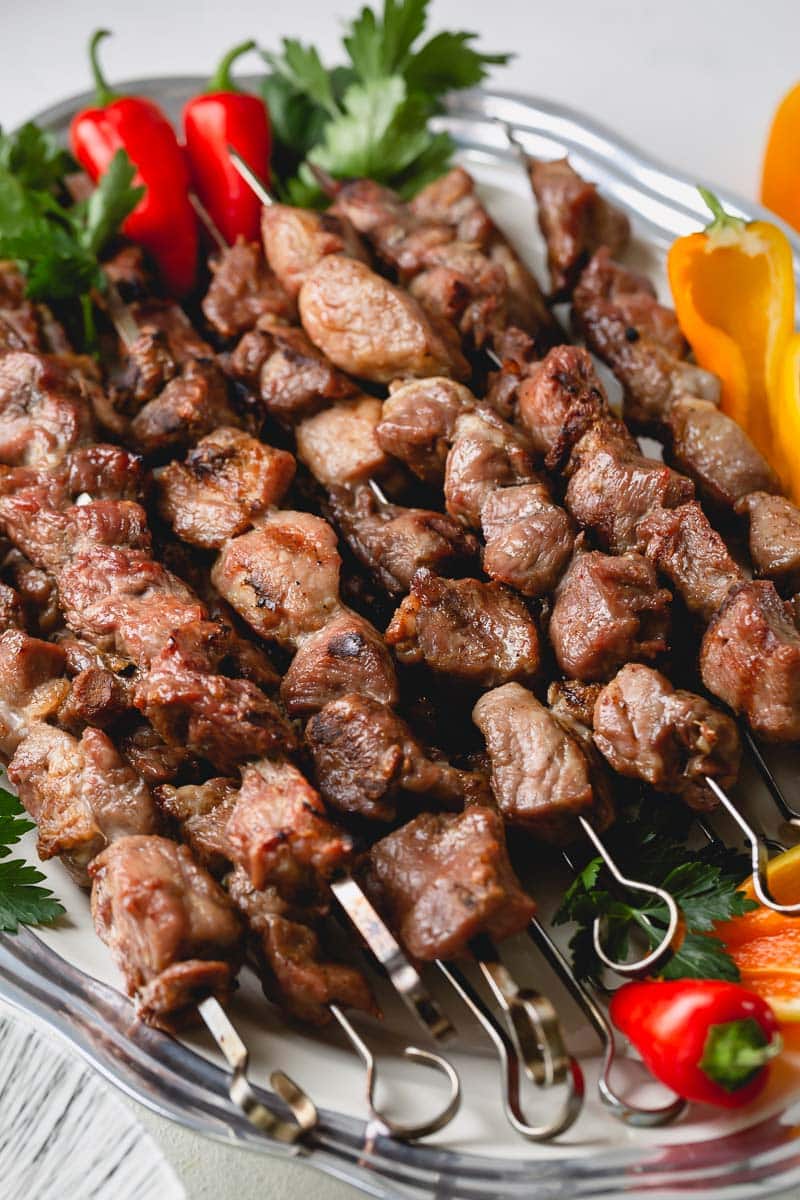
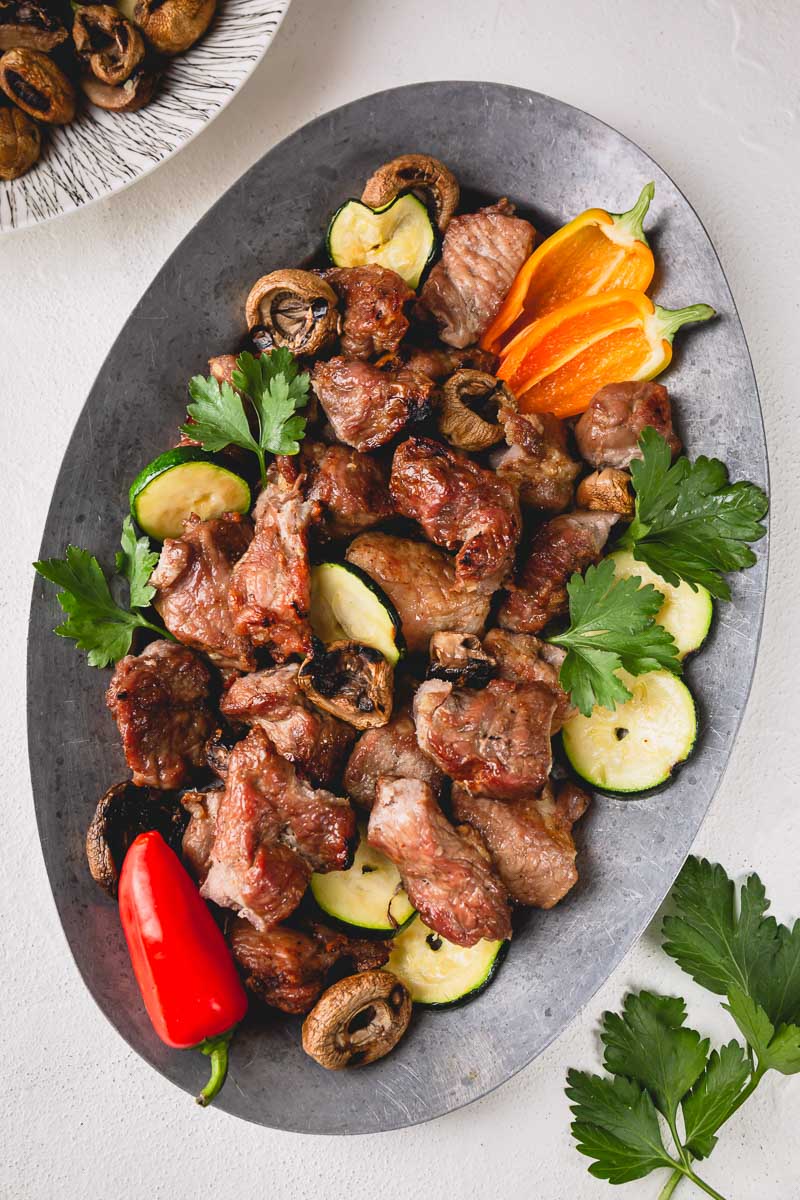
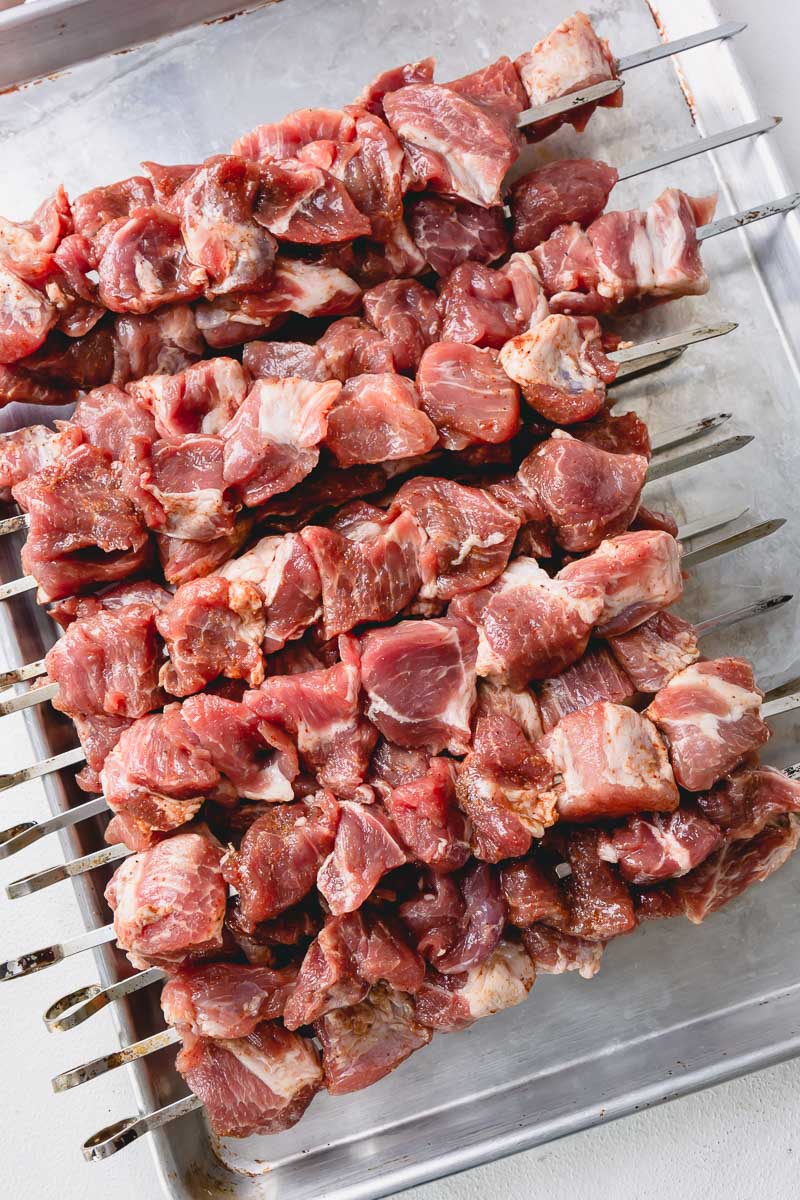
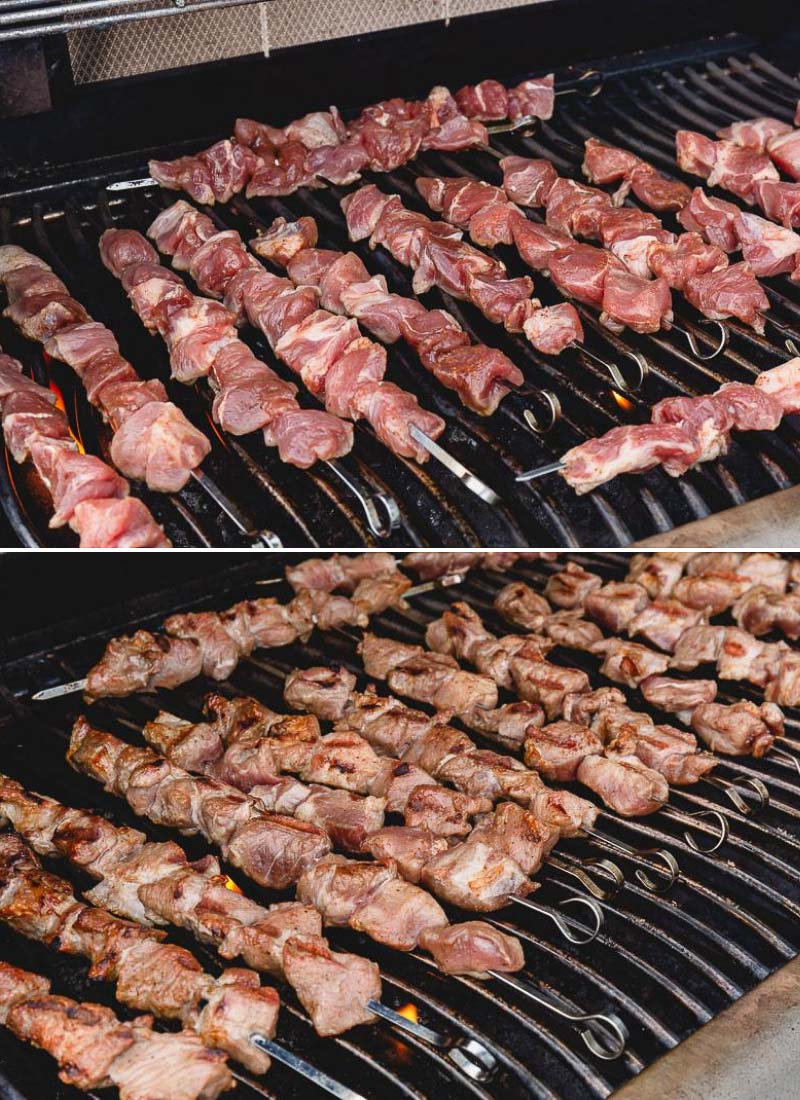
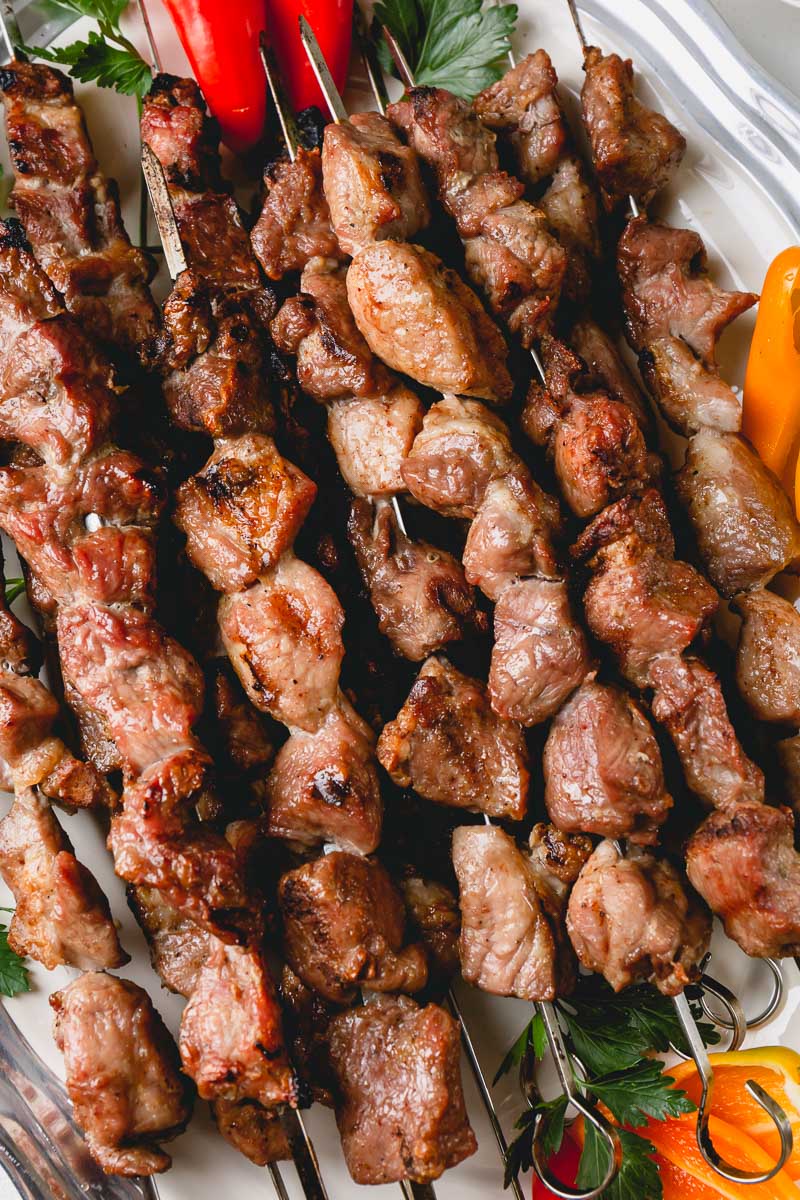
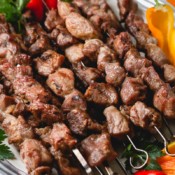


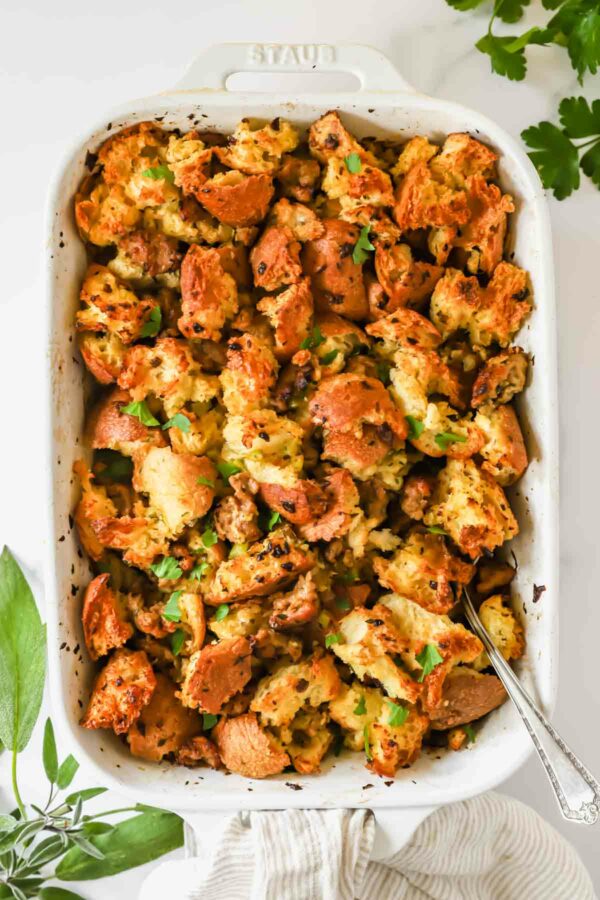
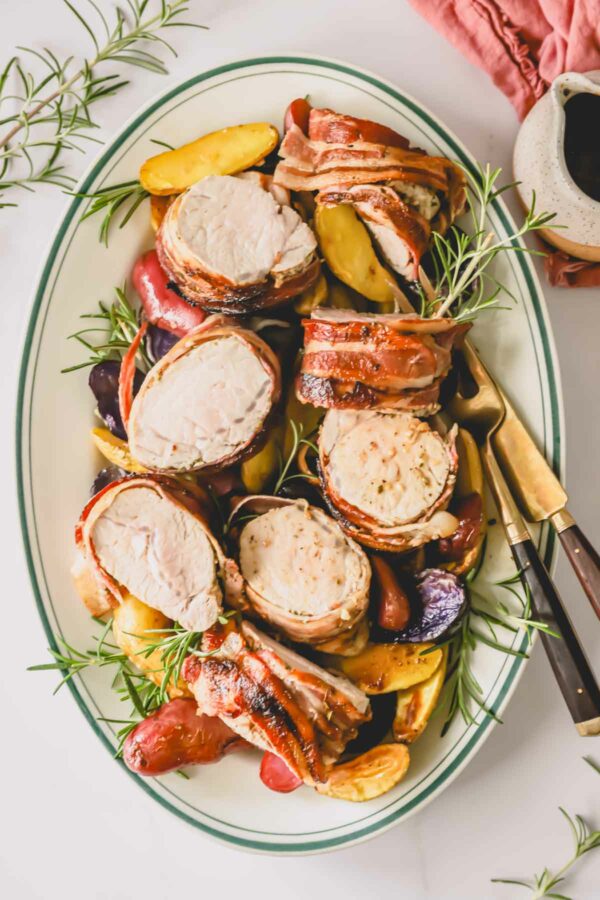
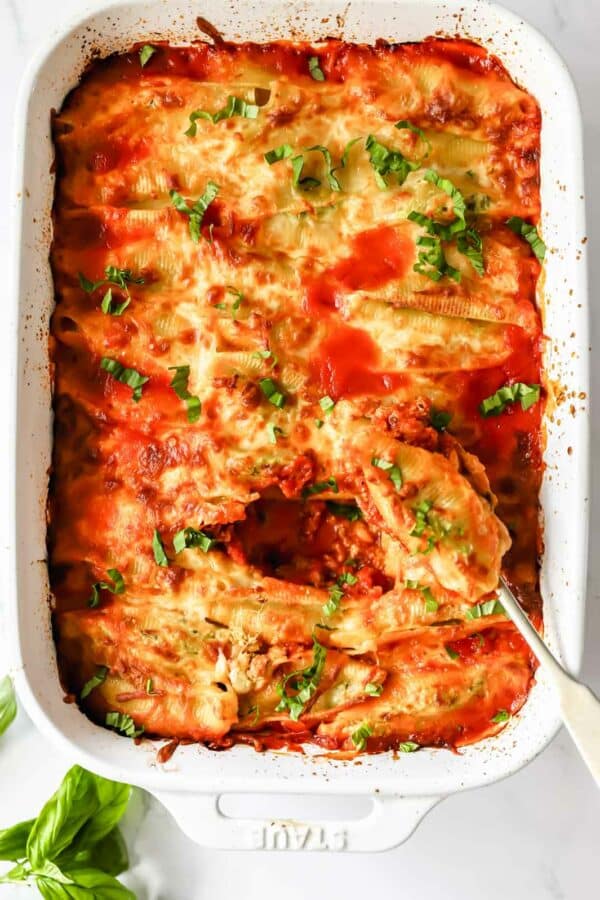

Making this recipe would be a wonderful time to make some potato pancakes. Use that grated onion after you squeeze the juice out rather then tossing the pulp.
Such a great idea!!! Thanks, Brett!
So I stumbled upon this recipe and wow, now I’m craving some good shashlik just like I had for every family meet up for many many years. Unfortunately the family has lost many members and moved away but I know how we did it.
Leg of lamb, cubed and marinated with onion, lemons and salt and pepper for 3 days. Each day open up and stir, add more salt and pepper. 3rd day it’s time to skewer and bbq.
Tricks and arguments abound over leftovers which were delicious even cold straight from the fridge. I’m gonna try doing the pork with our family style of preparing shashlik. Thanks for the memories and cravings.
My family was from the Georgian/Ukrainian area before escaping for religious reasons in the 1920’s. Russian Molokans who settled in San Francisco in the late 1940s
Hi, Damon! Thanks for sharing your memories! I’m so glad you stumbled upon my recipe and it brought back good memories for you!! My dad actually loves to make shashlyk with lamb too!
absolutely perfect
Thank you, Anthony!
Wow! Made with Boston Butt. Very tender and flavorful, and will definitely make again. Thank you!
In fact, this is Georgian meal. Russians learned this meal when occupied Georgia in 19 century
No it is not. Shashlyk is known in many cultures including Southern Russia. The word “shishkyk” itself is Turkic and means pieces. Georgia has its version of it but it’s not the origin.
And Russia didn’t “occupy Georgia”, you ignorant fool – Georgian king Georgia XII asked to join Russian Empire due to his fear of Iran.
Keep your propagandist crap away from culinary discussion.
Shashlik is original Armenian food, not Russian, even more in Russia NO ONE OS GOING TO SAY “shashlik is ourfood”. Every one know thst is Armenian food.
Ask any Russian about that and they can tell you who’s food is that.
Hi, Karen. This post is not about origin of shashlik! I’m only sharing my version of shashlik from my personal perspective. No where in the post I said it’s originated in Russia, but yes, I mention Russia a lot. That’s because I learned this food from Russian perspective. I’m sure no one would argue that shashlik is widely common food in Russia as well. I’m not too familiar with Armenian version (if it’s at all different) to speak confidently.
Shashlik is not a Russian cuisine by any means. The etymology of the dish name is from Crimean Tatar shyshlyk (if transliterated), who are believed to invent the version close to one you describe in the recipe, but made it from lamb. Dish was brought to Russia and the rest of the Soviet Union as they were absorbing countries of Central Asia and annexed Crimea. In Eastern European countries that used to be a part of SU shashlik is made from pork neck since it is high in fat and meat doesn’t overdry on the open fire/coals.
Hi, Tess. I’m not sure why this recipe is causing a debate where shashlik is originated. I didn’t say this dish was originated in Russia, but let’s be honest, it’s one of the most prominent food in Russian cuisine. This post is about recipe, not history of shashlik.
Growing up in the Ukraine we lived off these 😍 Last summer I took my fiance back there to visit my grandparents and now he loves them just as much as me😊😊
Yay, Masha! I know what you mean, I grew up eat these all summer long too! 🙂 And my husband and the in-laws love these too. Hope you and your husband try this recipe this summer. And if you do, let me know how it turns out. 🙂
Hi. This looks just like the shashlik we had at a little place along the Tomb River in Siberia. They served it with flatbread and some sort of red sauce. I’ve been looking all over for that red sauce recipe. Any idea what it might be?
Hi, Kim! I personally never had red sauce for meat. But I know that in Caucasian cuisine, they serve red tomato-based sauce with shashlik. Not sure if that’s what you mean. I know you said you had in Siberia, which is far from Caucasus, but I really don’t know what kind of red sauce they serve in Siberia.
Thanks for getting back to me. It was just some sort of chunky red “salsa” they kept on the table. I’ll find a recipe one of these days. 🙂 It took me a long time to find a recipe for the rolled waffles filled with caramel they also served there. Tiny place, limited menu, but wonderful food.
The sauce you’re referring to is called “Adzhika”, and contain no tomato. It’s made from pureed red bell peppers, garlic and chili peppers, along with spices and herbs.
Ron, thank you so much for letting us know!!
Lived in Hof, Germany for almost three years. Shasalick was everywhere! I, ESPECIALLY ENJOYED GETTING MY Shashlik from Street vendors. The kabobs were grilled over charcoal.
The sauce was red mixture of pepreckia, & curry ,tomato sauce or past not sure which.
The meat was alternated with meat,spec,green pepper meat,onion,meat.
This placed in a shallow pan with the sauce and allowed to continue cooking.
Hi, John! So fun to learn that these are popular in Germany too! And thank you for sharing your experience!!
The red sauce is called Adjika. It is tough to find in the States, but you can find recipes online. It is mostly tomato and apple base with various spices. We can argue about the origins, but I believe is is Georgian, although I also thought shashlik was Georgian (and Armenian). In any case, adjika is almost a requirement for shashlik, in my humble opinion.
There’s also a version of this served with a pomegranate and red wine sauce, and I’ve seen recipes that suggest sumac, which is tart and red.
These kebabs look fantastic! Thanks for linking up with What’s Cookin’ Wednesday!
Thanks, Karly!
I like the idea of the simple over night marinade really makes the prok tender, I’d use quater onions as my veg of choice, Thanks for sharing!
Thanks, Brian!